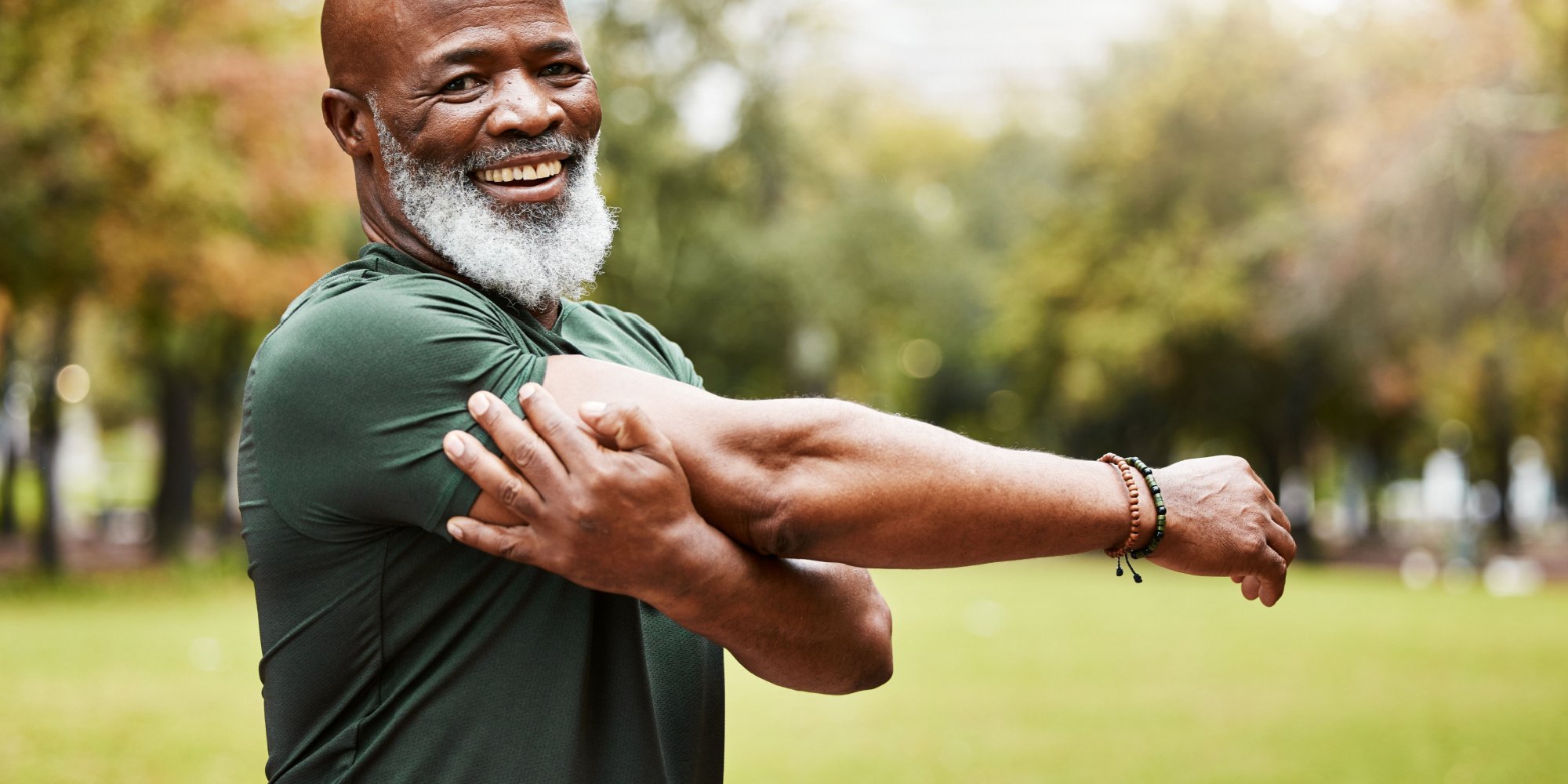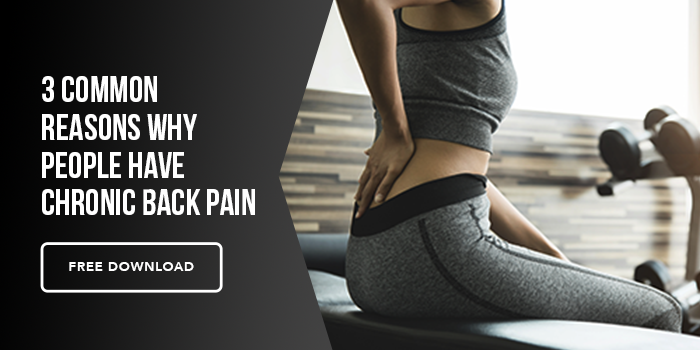Mobility isn’t exactly the first thing that comes to mind when we think of fitness or health. Things like diet, nutrition, strength training, are usually the first things people think of–which isn’t wrong–but mobility is just as important, and shouldn’t be ignored.
This is especially true as we age. Life has a not-so-funny way of making proper posture and movement patterns harder to maintain (thanks office jobs), so the ability to remain mobile becomes harder. The reason for this is that we start developing poor posture due to inactivity and the general demands of sitting in the same position most of the day; we commute to work, most people sit in an office chair for 7–8 hours a day, and then we come home to eat dinner at the table and sit and watch TV before bed. Over time, this creates joint and movement imbalances that can cause some areas to become inhibited, and others to be tight or overactive.
For example, those who slouch tend to have tight pecs and upper traps, while having weak lower traps and deep neck flexors. This isn’t something we notice day-to-day, but at some point we wake up and realize muscles and joints that didn’t bother you before are screaming at you now, and some movements aren’t quite as fluid as they used to be. You’re right, it’s not fun. Essentially, if you don’t use it, you lose it. And when you aren’t practicing good form or posture, it’ll eventually work against you in the long run.
This is where mobility training comes in. You don’t need to be a yogi or stretch every day to improve your mobility; in fact, mobility sets itself apart from stretching in a more beneficial way when it comes to overall joint and muscle health.
While stretching is great for elongating the muscles, mobility works at the joint to not only improve flexibility but also strength and control. Mobility is the ability to work and control the joint through its full range of motion, without restriction. Stretching, which we most commonly see practiced passively (holding each stretch for at least 30 seconds), relieves muscle tension and improves muscle flexibility, but only to a certain extent. Mobility is superior to stretching for overall movement function, and as I’ve mentioned, becomes even more important as we age.
A major consideration, as we get older, is that many people tend to lose the ability to maintain certain activities or move freely. When at one point it was easy to get up and down from the floor playing with your kids, it may not be so simple when you’re trying to do the same with your grandkids. Strength plays a role, but the combination of strength and mobility is what helps us move better, and feel better.
Balance is also positively impacted when mobility improves. It’s no question that balance tends to falter as we age, and unfortunately, the percentage of falls increase when that happens. Something that surprised me during my research is that mobility helps with balance. Better mobility means you can move more naturally, and with better control; this translates to better balance when we walk, put on our shoes, etc.
Mobility is also great for alleviating back pain, and that alone will get me to sign up for more mobility work. Back pain is something that is all too common, but totally fixable with the right amount of mobility and strength training. Having the ability to improve range of motion means less muscle and joint tension, and with less tension usually comes less pain.
Look at kids under the age of 5, and notice how mobile they are; their squat depth is impeccable, and they can usually contort their bodies in ways that adults would easily pull a muscle or two doing. You likely won’t get to that level of mobility (never say never?), but making even minor improvements in mobility as you age can drastically improve your quality of life, reduce the risk of injury, and make even the simplest tasks that much easier to perform.






